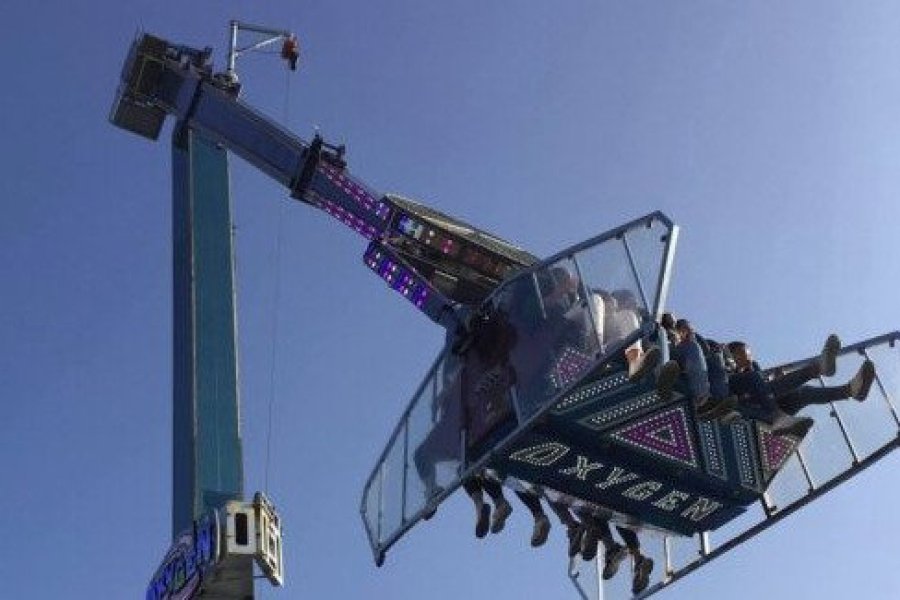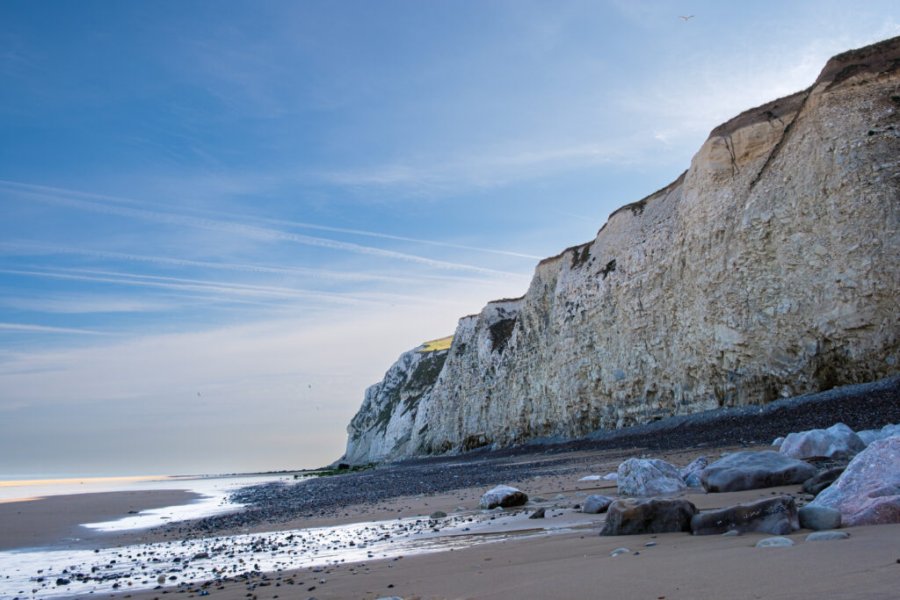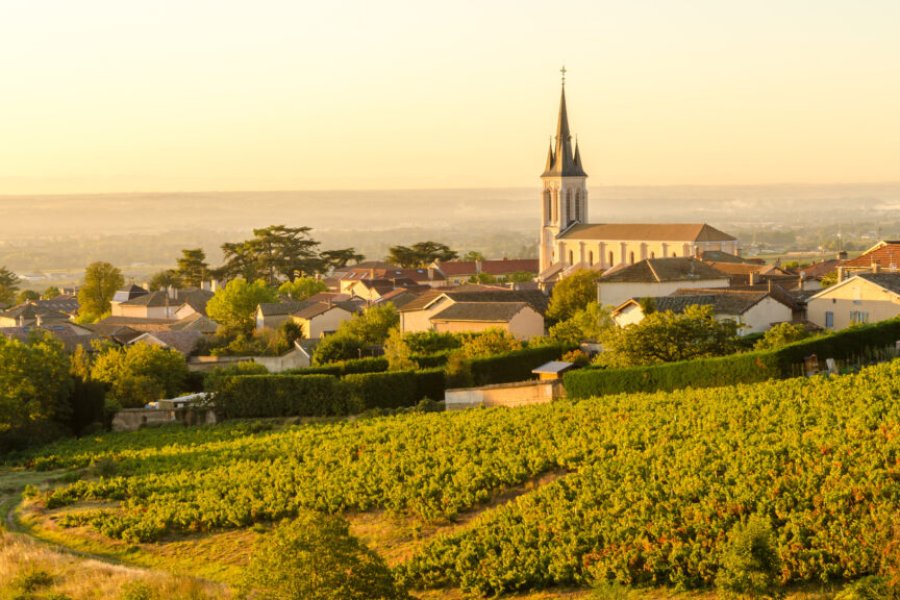Easter puzzle: the recipe for the mysterious cannelé
Proposed"> by Bordeaux Visite
From 04/17/2024 to 04/26/2024 : This year, the Bordeaux Visite team offers you a brand new Easter survey Jade, a young apprentice chocolatier from Bordeaux, has inherited a ...













